In a recent study published in the scientific journal Energy Letters (USA), researchers from the Department of Instrumentation and Applied Physics (IAP) at the Indian Institute of Science (IISc) used field-effect transistors (FETs) as collectors instead of the metal electrodes that are widely used in capacitors today.
“Using FETs as electrodes for supercapacitors is a novel approach to regulating the charge in capacitors,” said Abha Mishra, IAP professor and author of the study.
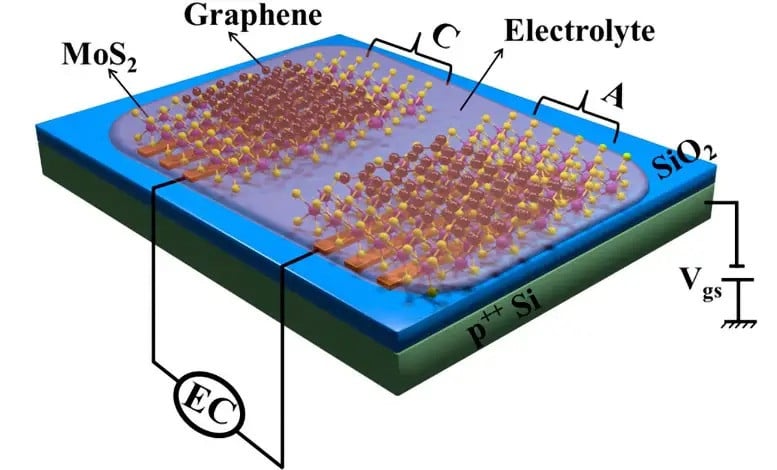
Current capacitors typically use metal oxide electrodes, which limits their electron mobility. So the researchers decided to create hybrid field-effect transistors, which consist of alternating layers of molybdenum disulfide (MoS2) and graphene.
The research has developed a tiny supercapacitor that has a storage capacity and compactness that surpasses current storage devices. Under certain conditions, the capacitance of the new supercapacitor has increased by an impressive 3000%. This makes it possible for a tiny storage device to store a huge amount of charge.
The device is also much more compact than current supercapacitors, making it possible for them to be widely used in many fields, from public lighting, consumer electronics, electric vehicles and medical equipment.
The researchers say the new supercapacitors combine the best of both batteries and capacitors: they can store and release large amounts of energy, making them highly desirable in next-generation electronics. Because these supercapacitors are so small, they can’t be seen without a microscope, and the manufacturing process requires extreme precision.
In the future, the researchers plan to explore the possibility of replacing MoS2 with other materials to further increase the storage capacity of this supercapacitor.
(according to Devsday)
Source


![[Photo] Prime Minister Pham Minh Chinh receives Ambassador of the French Republic to Vietnam Olivier Brochet](https://vphoto.vietnam.vn/thumb/1200x675/vietnam/resource/IMAGE/2025/5/13/f5441496fa4a456abf47c8c747d2fe92)

![[Photo] Prime Minister Pham Minh Chinh meets with US business representatives](https://vphoto.vietnam.vn/thumb/1200x675/vietnam/resource/IMAGE/2025/5/13/5bf2bff8977041adab2baf9944e547b5)

![[Photo] President Luong Cuong attends the inauguration of the international container port in Hai Phong](https://vphoto.vietnam.vn/thumb/1200x675/vietnam/resource/IMAGE/2025/5/13/9544c01a03e241fdadb6f9708e1c0b65)





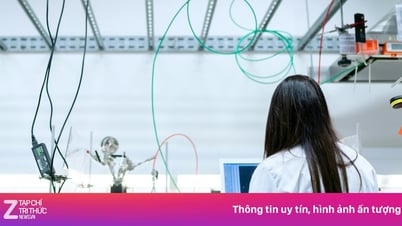
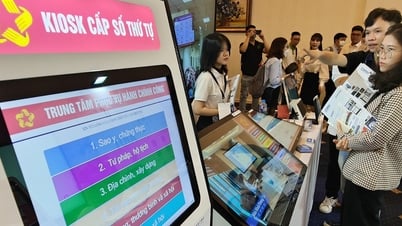






















































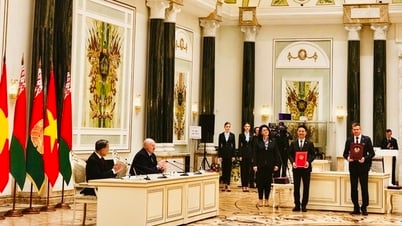










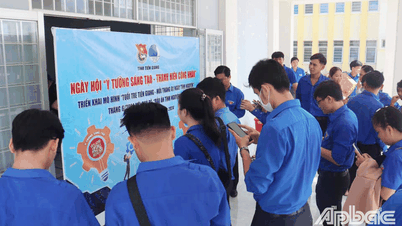



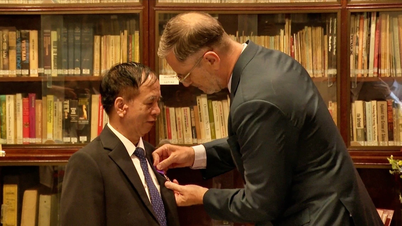














Comment (0)